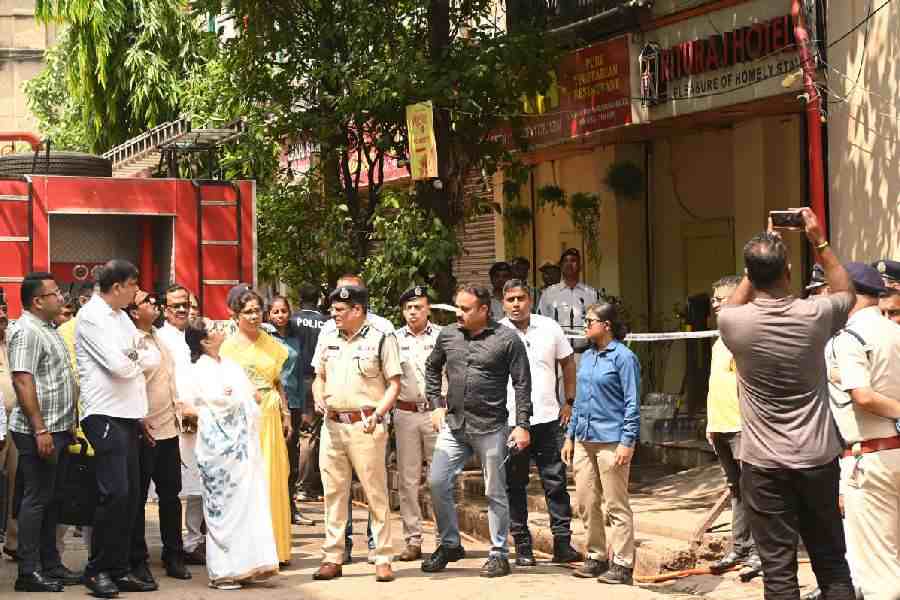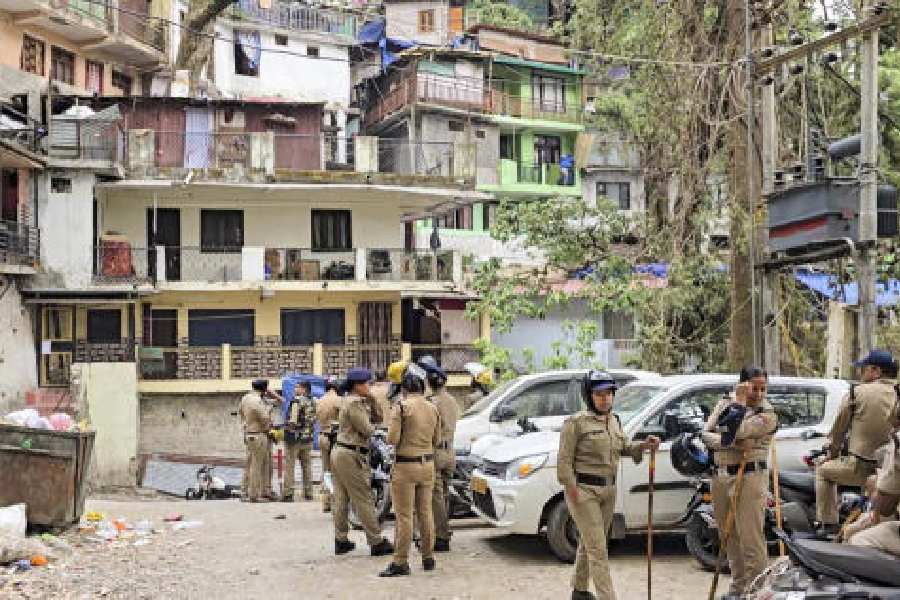 |
| Human error: A forest in Uttaranchal |
New Delhi, July 23: The Forest Survey of India (FSI) has vastly underestimated forest loss from degradation, according to scientists who used software instead of human eyes to interpret satellite images of forest cover.
The scientists applied a new method to estimate forest cover through satellite images of the central Himalayas and found that the proportion of forest loss was much higher than estimates made by the FSI.
“The problem appears to lie in the method that the FSI uses in its interpretation of satellite images,” said Eswaran Somanathan, an environmental economist at the Indian Statistical Institute in New Delhi.
“Whether satellite images are interpreted visually or with software, errors always creep into the process. But the FSI does not take into account the possibility of errors in their estimates,” he told The Telegraph.
In the latest issue of Current Science, Somanathan and his colleagues have described their new method to determine forest cover in two regions of the central Himalayas in Uttaranchal.
Without error factors in their estimates, the FSI had said Almora and Bageswar districts have 19 per cent degraded forests. But the new study has shown that a more realistic figure of degraded forest is 78 per cent.
Similarly, in Pithoragarh and Champawat districts, the FSI estimate of the loss of dense forest was 31 per cent. But the new study says the extent of degraded forestland is actually about 58 per cent.
This is not the first time that the forest department has been charged with overstating forest cover in the country.
During the 1980s, the National Remote Sensing Agency (NRSA), under the department of space, had analysed satellite images and come up with estimates much lower than figures provided by the forest department.
Environmental scientists believe the creation of the FSI was a response of the forest department to the challenge posed by NRSA figures. Forest officials had argued that the NRSA did not have the expertise to determine forest cover.
The new study shows that there are problems even with FSI figures.
“We looked at a small part of the Himalayas, but discrepancies that showed up there might appear elsewhere because the FSI uses the same method,” said R. Prabhakaran, an ecologist in Bangalore and a study team member.
Satellite image interpretation may be done visually with experts peering at the images to distinguish dense forests from degraded forests or with software. The scientists used commercial software to assess forest cover over a vast area.
Then they used one-metre resolution satellite images to calculate likely errors in interpretation. Counting trees on a tiny patch of land, they found that their own assessment suffered from an error of 10 per cent.
“When we say 58 per cent, we’re absolutely sure the figure’s somewhere between 48 and 68 per cent,” said Prabhakaran. “Without an error range in the FSI estimates, it’s hard to have confidence in its figures,” he said.










